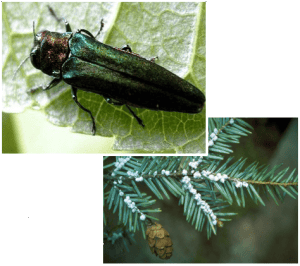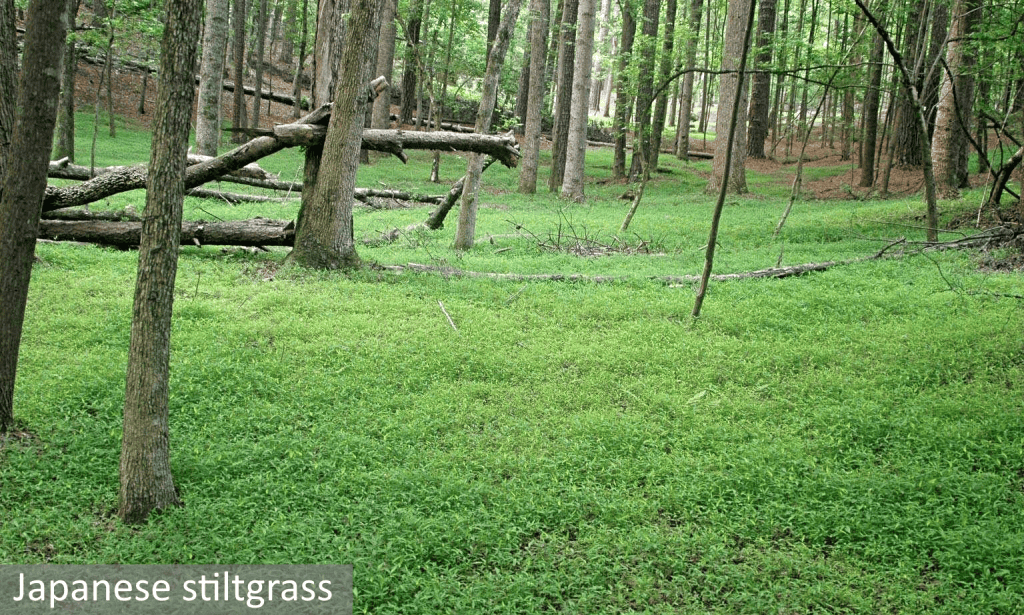
FOREST OPERATIONS >> CONTROLLING INSECTS, DISEASE, INVASIVES, AND WILDFIRE
Like all living things, forests are susceptible to a host of potential health threats including insect attacks, diseases, and wildfires. In addition, invasive species often outcompete and displace natives and can be very difficult to remove from the landscape once established. While a landowner’s control over these threats is limited, certain management actions will help protect their investment by minimizing their forest’s risk to damage. To maintain the health of a forest, prevention is the best approach.
INSECTS AND DISEASE
 Most people think that wildfires cause most of the tree mortality in our forests. One study of forest tree mortality factors indicates that in the United States, insects account for 41% and diseases cause 26% of the tree mortality. Put another way, insects and diseases together are responsible for killing two out of every three trees that die in our nation’s forests. In general, with respect to insect and disease pests, keep in mind that healthy trees are usually much less susceptible to pest damage.
Most people think that wildfires cause most of the tree mortality in our forests. One study of forest tree mortality factors indicates that in the United States, insects account for 41% and diseases cause 26% of the tree mortality. Put another way, insects and diseases together are responsible for killing two out of every three trees that die in our nation’s forests. In general, with respect to insect and disease pests, keep in mind that healthy trees are usually much less susceptible to pest damage.
- PA DCNR Bureau of Forestry – Forest Pest Insects and Disease
- Penn State Plant Disease Clinic – The Plant Disease Clinic at Penn State is a service and education function of the Department of Plant Pathology and Environmental Microbiology, and provides clinical diagnoses of plant diseases for approximately 2,000 samples submitted annually by Pennsylvania agricultural producers, urban gardeners, and homeowners. There is no charge for this service; however, only samples that have been collected from gardens or landscapes within the state of Pennsylvania can be accepted.
- Threats to the Forest; Insects, Plants, and Diseases
- Jump to Spotted Lanternfly
- Integrated Approach to Hemlock Woolly Adelgid Mitigation
- Guide to Spongy Moth Egg Mass Surveying
- Forest Management Responses to Invasive Insects [Webinar]
- Invasive Forest Insects [Webinar]
- Invasive Insects in Your Forest [Webinar]
- Management Strategies for Eastern Forests Threatened by Hemlock Woolly Adelgid [Webinar]
- Emerald Ash Borer: Description, Lessons Learned, & Management Strategies [Webinar]
- Asian Longhorned Beetle: Raising Awareness of Forest Pests [Webinar]
INVASIVE PLANTS
Invasive species are highly adaptable to different habitats, grow quickly or reproduce abundantly, are difficult to eradicate and can negatively impact our native species. Exotic invasive species are those plants, animals and pathogens that are not native to an area and can cause harm to the environment, to the economy and to human health. While not all exotic species are invasive, some can really do damage to our public and private lands. In their natural range, these species are limited by environmental, pest or disease conditions, keeping these species in balance within their ecosystem. When introduced into an area where these limitations are absent, some species have the ability to become invasive. While there are many different invasive species in Pennsylvania, there is a wealth of information out there to help you manage them.

- What Are Competing and Invasive Forest Plants? [Video]
- PA DCNR Bureau of Forestry – Invasive Plants
- Governor’s Invasive Species Council of Pennsylvania
- Penn State Invasive Plant Fact Sheets Series
- Penn State Extension – Invasive Tree Pests
- An Overview of Native, Exotic, and (Especially) Invasive Species
- Penn State Extension – Invasive Plant Identification Video Series [Videos]
- Penn State Extension – Forest Vegetation Management
- Early Detection and Distribution Mapping System
- US Forest Service Forest Health and Protection
- National Invasive Species Council
- Uninvited: The Spread of Invasive Species [Video Documentary]
- Herbicides and Forest Vegetation Management [Webinar]
- Early Detection Rapid Response Protocols for Invasive Plant Infestations [Webinar]
- Controlling Invasive Plants in Small Woodlots [Webinar]
- Invasive Plants in Your Forest [Webinar]
- Invasive Plants in Your Backyard [Webinar]
- So Many Weeds, So Little Time: A Prioritization Tool for Invasive Species Management [Webinar]
- Invasive Species QuickSheets
- Herbicides and Forest Vegetation Management: Controlling Unwanted Trees, Brush, and Other Competing Forest Vegetation
WILDFIRE
Wildfire frequency and intensity vary based on location, climate, and types of trees. The northeastern United States has a temperate climate with year-round precipitation. As a result, eastern wildfires are generally low in intensity and burn fuels on the forest floor. Sometimes, these fires can actually be beneficial to the forest. Wildfire risk is greater in Pennsylvania during the spring and fall months when leaves are off the trees. In the spring, after the snow melts and before the new foliage emerges, the sun warms and dries last year’s fallen leaves. Similarly, in the fall the air is drier and low pressure systems often bring frequent winds that can dry leaves and slash and carry fires.
Pennsylvania DCNR Bureau of Forestry is responsible for protecting the Commonwealth’s public and private forestlands from damage by wildfire. This is accomplished through a combination of wildfire prevention, preparedness, suppression and investigation. The Bureau works with fire wardens and volunteer fire departments to promote the latest advances in fire prevention and suppression.
PRESCRIBED FIRE
Did you know that fire can also be good for people and the land? After many years of fire exclusion, an ecosystem that needs periodic fire becomes unhealthy. Trees are stressed by overcrowding, fire-dependent species disappear, and flammable fuels build up and become hazardous. The right fire at the right place at the right time can reduce hazardous fuels, remove unwanted species that threaten native ecosystems, enhance wildlife habitat, recycle nutrients back to the soil, and promote the growth of trees, wildflowers, and other plants. In Pennsylvania, the use of prescribed fire as a management tool requires strict adherence to requirements and regulations and can only be implemented by qualified individuals.


